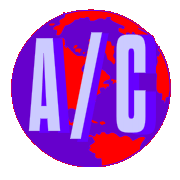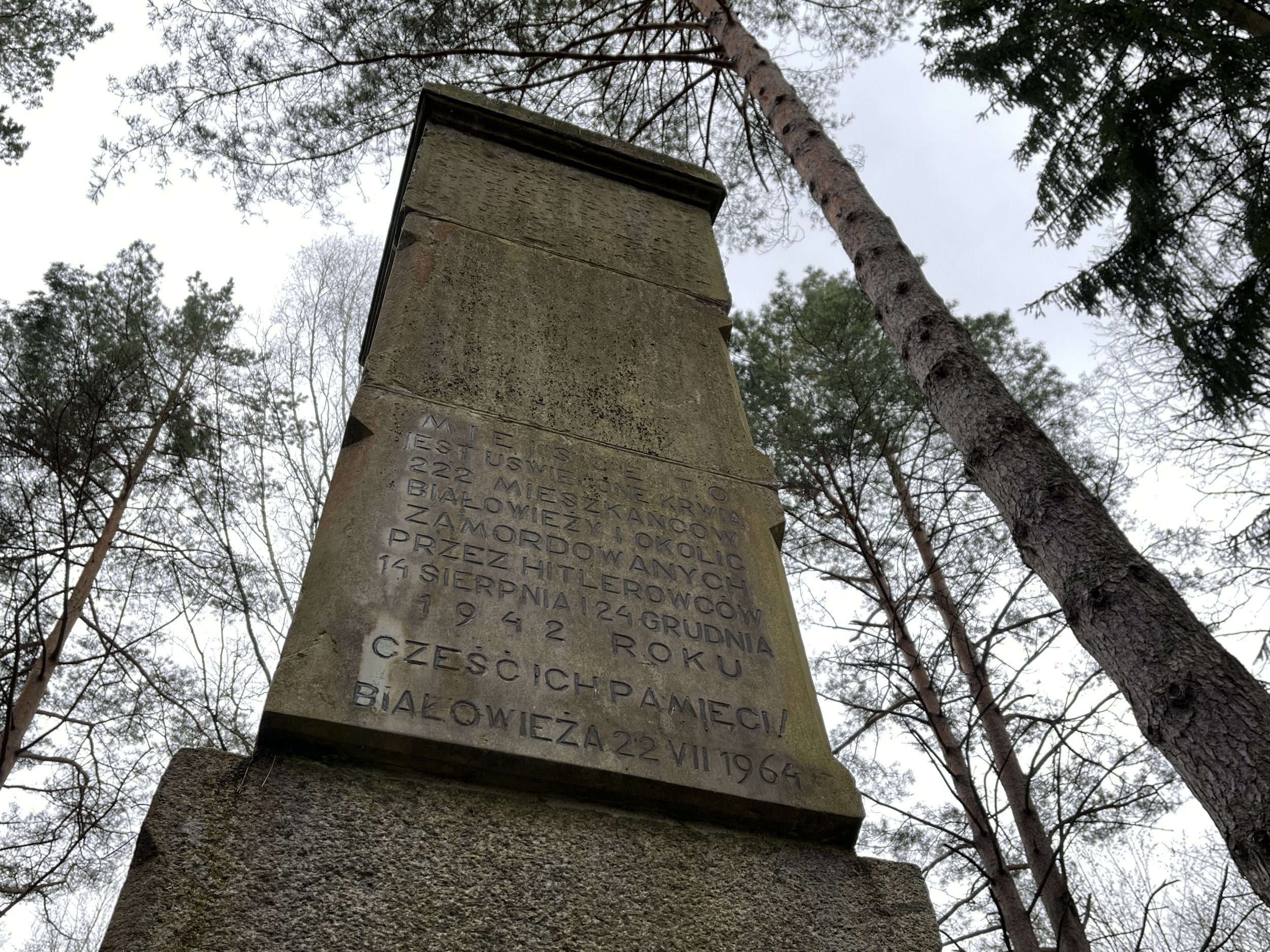Mourning a Forest Road
June 18, 2022
This is the 46th injured tree I’m measuring. As I gather data on the damage done to a Polish forest, it’s not only these roadside trees I mourn. I mourn the desecration of the road itself.
Let me explain.
Browska Road isn’t the lifeless swath of asphalt you might be imagining. Think of a path through a forest, wide enough for two bicycles to pass comfortably, its floor a springy mix of packed duff, traveled by all kinds of animals. Residents of Białowieża use this road for walking, biking, skiing.
Road grader flattening Browska Road.
From this road, you can peek into the heart of an old growth forest. The giants of Białowieża Forest, the moss-soaked, 7-meter-thick oaks with their capacious crowns, are helping cool the planet, purify the air, nourish virus-inhibiting fungi, and pump out phytochemicals that defend living cells from damage. You can consider the subtle shaping of a forest ecosystem: the dead tree lying in contact with the soil and hosting a rich community of fungi; each species of monumental tree casting its shadow differently, determining which young trees grow near them; the imprints of an animal trail and drumming of a woodpecker.
My boss would bring students to Browska Road to discuss the discernable differences between national park and state forest, since Browska Road forms a line between them. To the north, Białowieża National Park is richer, with a greater diversity of species of trees and plenty of the deadwood that feeds life. To the south is the patchier, simpler state forest, managed for forestry.
Underground and in the crowns, the trees on either side of the road meet, touch, talk. Or, at least they did.
One can consider human history from this road, too.
Along Browska Road lies a cemetery of victims of fascism in the second World War. Its treed quietude beckons respect for the 222 persons driven to Browska Road by Germans in 1942 and executed. Just past the cemetery, heading east toward the border, is where we start seeing injured trees.
Further along, just off the road, stands a modest wooden house where the late professor Simona Kossak, a “zoo psychologist” as she called herself, lived for some three decades. She gently rode her scooter on this very road, and famously shared her house and its environs with creatures of the forest including crows, lynx, boars, deer.
“The forest cultivated by man is to the wild forest as the cow is to the bison, as the village dog is to the wolf,” wrote Kossak. This stretch of road is called “Simony Kossak” the “y” denoting a possessive. Simona Kossak’s Road.
Browska is one of the oldest Polish roads still in use. Kings used it to travel from Białowieża to Vilnius, the capital of the then Grand Duchy of Lithuania. In the 16th and 17th centuries, the road served to delimit forest management units. It is named after Brovsk, a place on the other side of the border, in Belarus. Like many other roads in Białowieża Forest, this road leads into Belarus, where the forest continues, where Puszcza Białowieska becomes Belovezhskaia Pushcha.
And that’s why Browska Road is suffering. Because it connects Poland and Belarus, from whence refugees are entering into Poland. Poland is building nearly 200 kilometers of wall, out of concrete, steel, and razor wire. Fifty kilometers of the border wall will pass through Białowieża Forest.
You can hardly traverse this road on a bicycle or on foot now; along its 4 or so kilometers to the Belarusian border, vehicles belonging to the construction company Budimex, as well as to the Polish military and border guard, pass ceaselessly.
The soft forest floor yields and vibrates. Heavy machinery is enlisted to flatten its surface which now sustains deep undulating ruts. The national park markers are ignored and broken. The road is covered in sand, spilled by the yellow, red, and blue trucks. It’s speckled with cigarette butts, shells of sunflower seeds spat out by soldiers, plastic soda bottles and slimy oil cans. Broken tree roots are scattered like bones. Now come the cement trucks, leaking gray gobs that are later bulldozed onto the road's swelling shoulders.
Razor wire embedded in sand, dumped along Browksa Road.
Injured tree roots leak nutrient-rich liquid, leaving dark wet spots along the road. A group of hornbeam saplings have been flattened to the ground. A hornbeam and oak lie in repose like a mixed species couple after being uprooted and toppled.
Frog Rana temporaria dead on the road
I run my fingers across a spruce tree’s wounded bark and can smell its fragrant resin. The trunk wound is fresh. The tire marks are fresh.
In the road lies a dying moth, commonly named the Dotted Border Moth. Just near it is a dying ground beetle, its shiny carapace crushed. They are early victims of vehicle collisions as spring is just arriving. Soon, amphibians will be on the move and there could be carnage of frogs and toads. The threat of a Small Balsam invasion looms; this touch-me-not thrives on disturbance. One morning, we dislodge and collect pieces of razor wire, mixed into the sand with other litter strewn along the road’s length, alongside tracks of forest natives—badger, deer, fox.
Grass snake Natrix natrix dead on the road
On this broken, widened road, border guards stop their vehicle to check our documents, as if we are the intruders. They ask officiously, “are you here for a project or permanent employment?” I tell them I hope permanent but later wish I'd said, “as long as it takes to tear this wall down.” Later a soldier leans out the window to yell, “you shouldn’t be on this road.”
What is this wall for? It is for keeping out people. People escaping war, people moving in search of something better, people with hope. It is a wall blocking an invasion of hope.
In a few months, I will say, “there once was a tranquil forest road.” I hope to never say, “there once was a forest.”
Author's Note: Since the time of writing, the author and field technician Alicja Wiktoruk enumerated more than 150 damaged trees, and more than 125 wildlife road mortality victims along Browska Road. On 1 July, 2022, after 10 months, the Polish government lifted restrictions it imposed in its northeastern border zone. A border wall now separates Poland and Belarus. More here>>>
--
Gratefulness to Maraya Cornell, Bogdan Jaroszewicz, and Jan Dutkiewicz.















